HOW CLIMATE CHANGE AFFECTS
ACCESS TO WATER FOR WILDLIFE
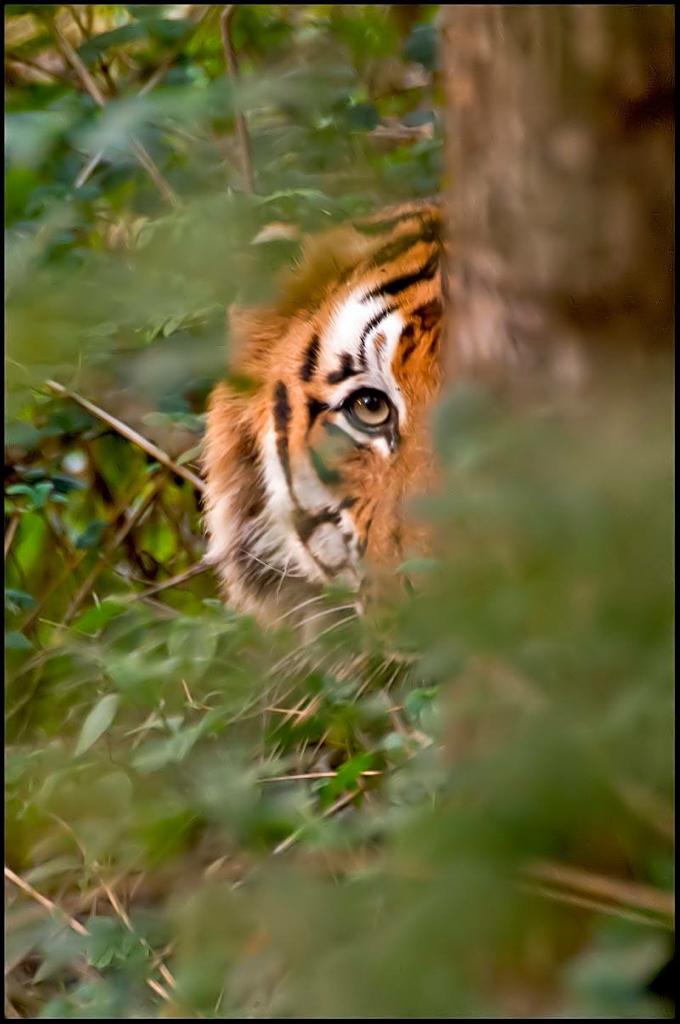
The world’s water is being affected in complex ways by global climate change, with the consequences being faced by humans and other animals alike. Climate change-induced variations in water supply and access are impacting the way wild animals across the world find drinking water. For India in particular, unpredictable rainfall patterns have led to more frequent floods and droughts since the 1990s. Several factors affect the availability of drinking water for wild animals, such as irregular rainfall, the spread of water-borne diseases due to sudden floods, and rising sea levels increasing salinity in freshwater.
Here are a few significant ways climate change affects water availability and wildlife’s access to drinking water in India:
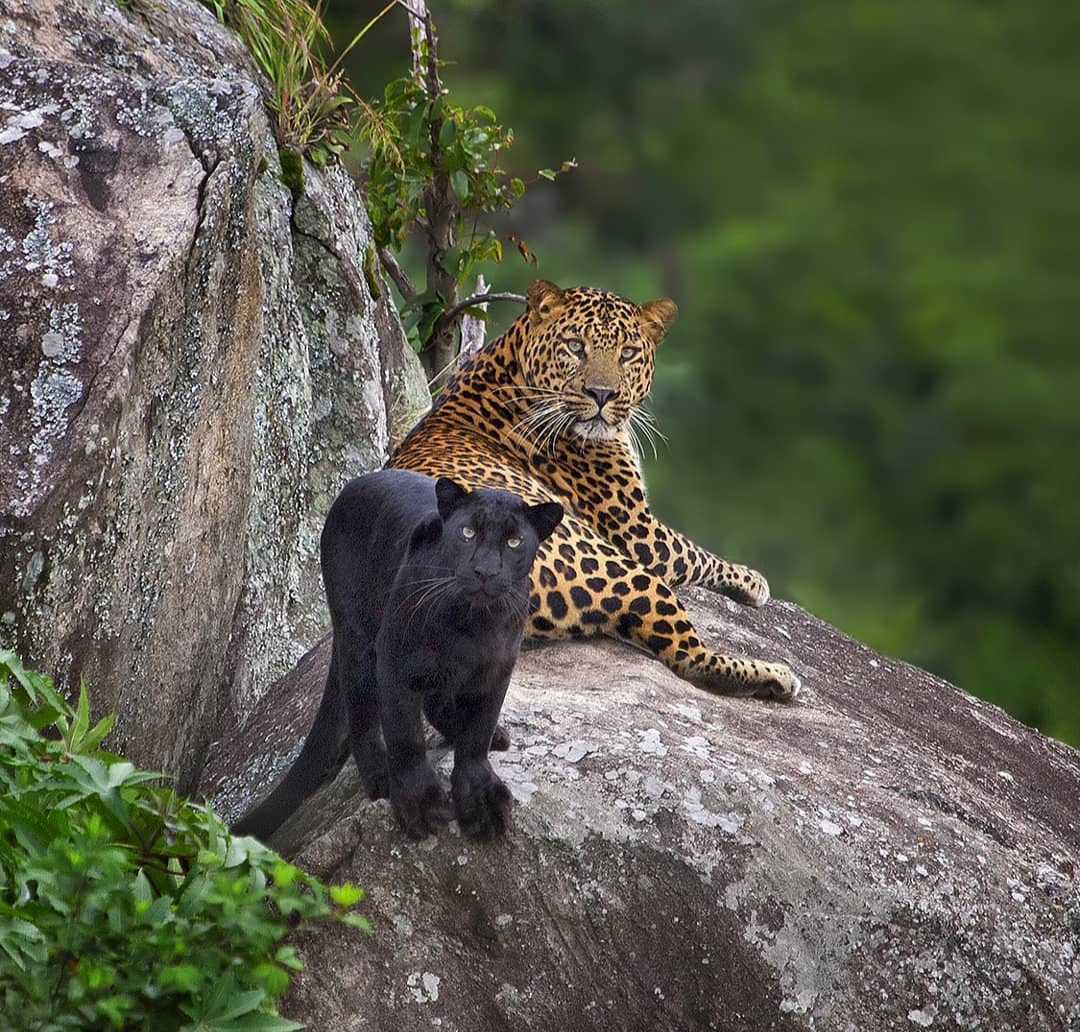
Photo: Prakash Ramakrishnan
Irregular Rainfall
A changing climate leads to unexpected shifts in rainfall patterns, particularly during the monsoon season. As a consequence, water availability in natural sources vital for the drinking needs of wild animals, like rivers, streams, and ponds, is significantly impacted. Prolonged periods of drought can disrupt these water bodies, leaving animals unable to access water for extended durations.
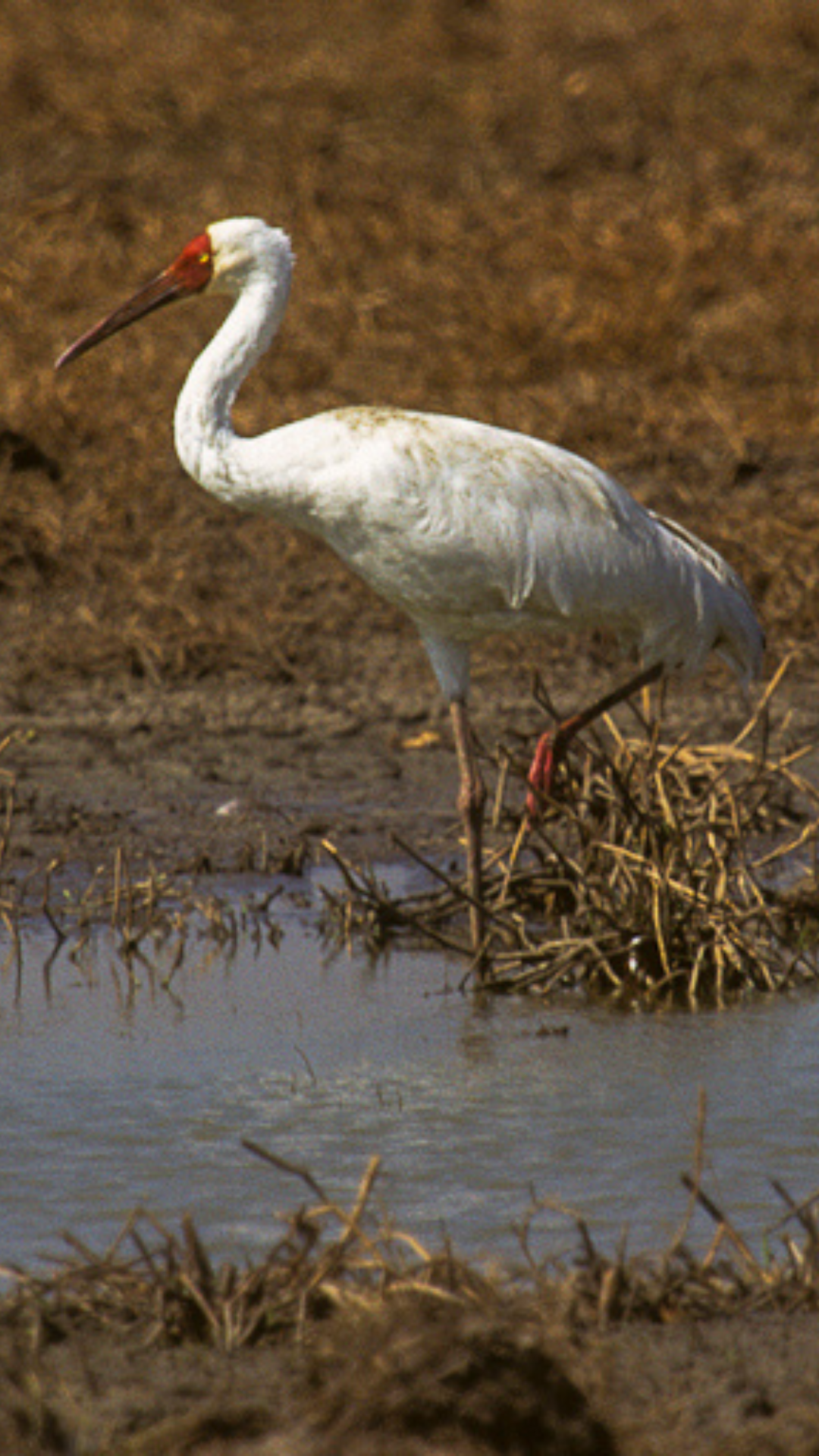
“Siberian Crane – Keoladeo Ghana – India (1)” by fveronesi1 is licensed under CC BY-SA 2.0.
Migration Patterns
The migration patterns of numerous species have undergone changes throughout the years due to the necessity of animals to seek sustenance and water. This circumstance can pose particular dangers for juvenile animals, as they might encounter difficulty in navigating towards unfamiliar territories.
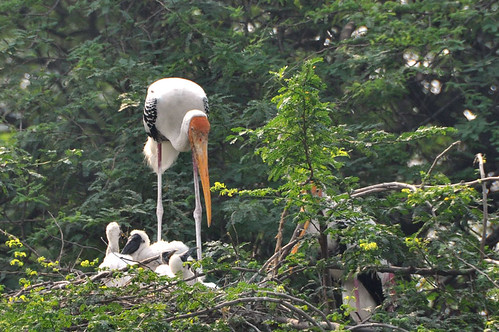
“Siberian Crane doing maternal things for family” by Madhur Mangal aka Maddy is licensed under CC BY 2.0.
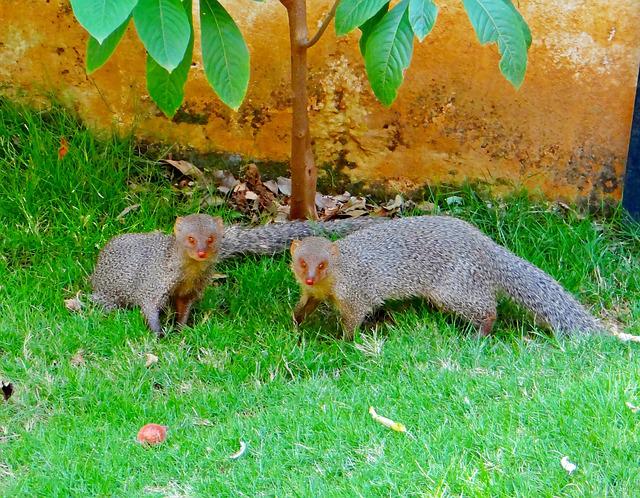
More Water Evaporation
Soaring temperatures due to the rising heat can lead to increased evaporation rates, which means less water in small ponds, wetlands, and lakes. As these water sources shrink, wildlife populations that depend on them can face challenges in finding water to drink.
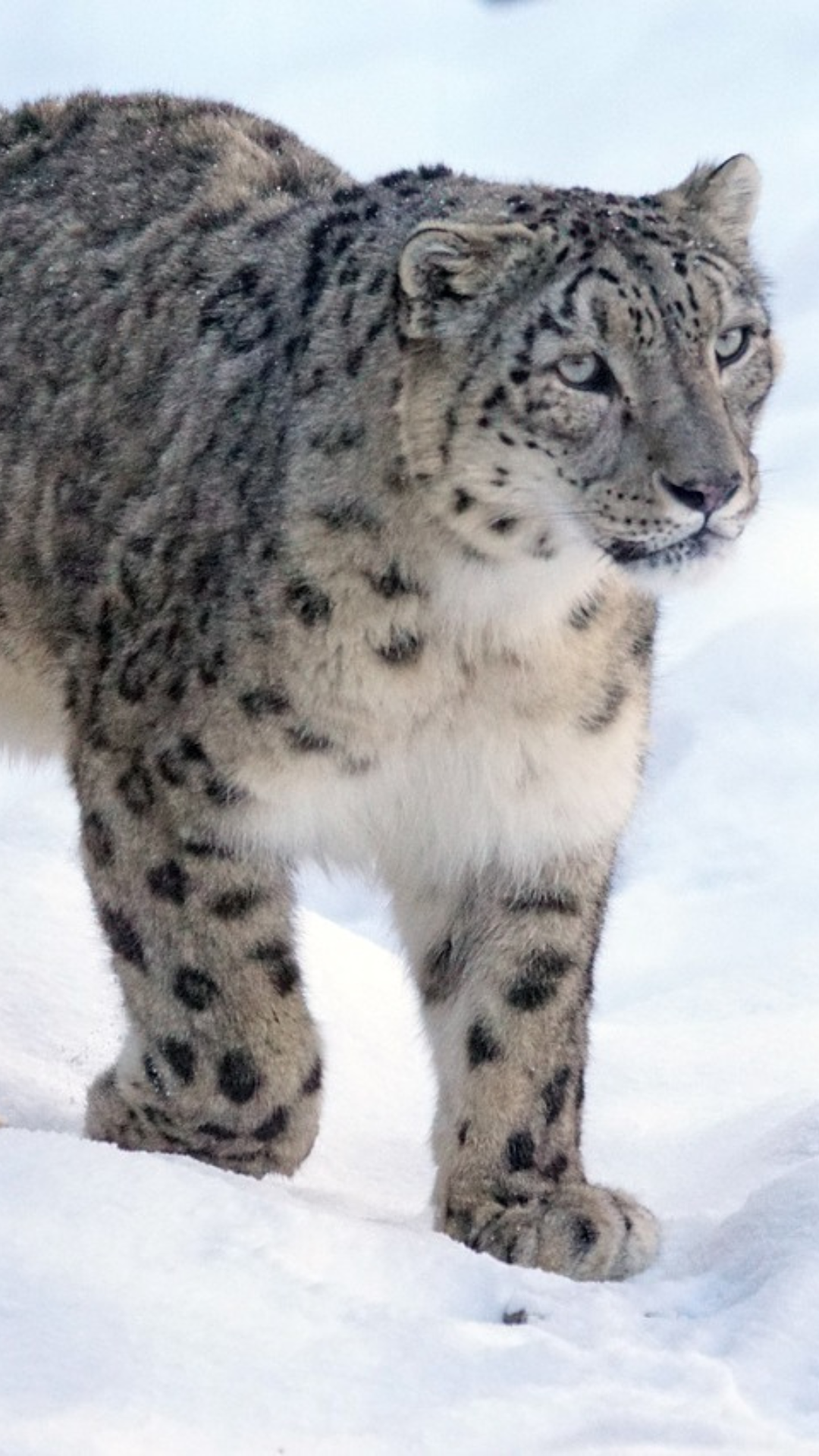
Changes in Vegetation and Habitat
Shifts in vegetation patterns can influence the availability of water, as certain plants may be better at retaining moisture than others. If the composition of plant species changes due to climate change, it could impact the way water is stored in the ecosystem. This affects wildlife’s access to water.
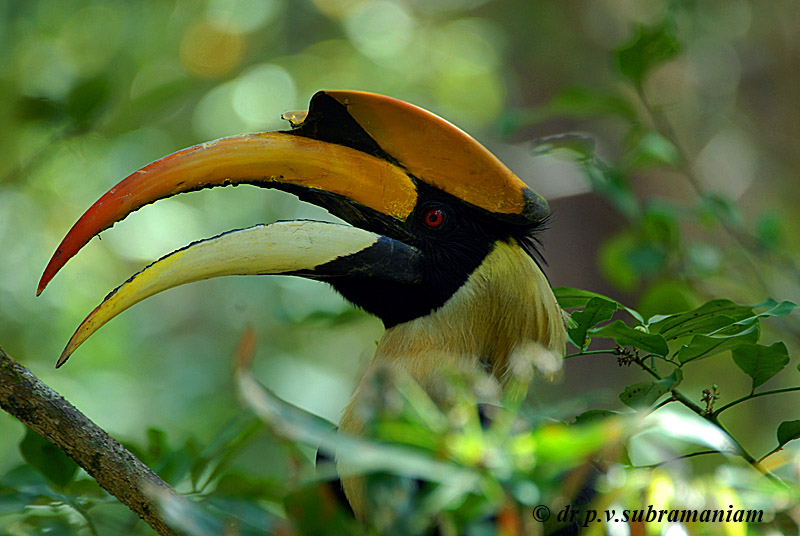
Rising Sea Levels
Coastal ecosystems are affected the most by rising sea levels. The Sundarbans’ mangrove forests face the imminent threat of submersion due to rising sea levels, putting numerous animals at risk of losing their habitat. Aside from this, rising sea levels lead to increasing salinity, or the amount of salt, in water and soil, leading to a foreseeable decrease in the availability of fresh water, as reported by the World Bank in 2020.

Less Water, More Competition
Climate change can lead to differences in animal behaviour, including migration patterns and sleep cycles. As water sources become less, various species might be forced to compete for drinking water. This competition can be the cause of conflicts and even displacement of certain animals, leaving their overall survival questionable.
Project Aquarius – A Water for Wildlife Initiative
Earth Brigade Foundation’s vision is to provide direct, tangible benefits to wildlife. Under Project Aquarius, we donate & install solar-operated water pumps to draw groundwater from bore-wells, and replenish existing waterholes, both natural and artificial. These waterholes provide a reliable source of water to wildlife, even in the driest months – this goes a long way in ensuring that animals do not need to wander long distances away from forests to seek water, and helps immensely in avoiding man-animal conflict.
Project Aquarius has completed 101 installations in dry forest areas in several Indian states within a short span of 5 years.
We need all the help we can get to keep Project Aquarius going strong and doing our bit for wildlife conservation in India – get in touch if you’d like to support us!
EARTH BRIGADE FOUNDATION:
Email: director@earthbrigadefoundation.org
